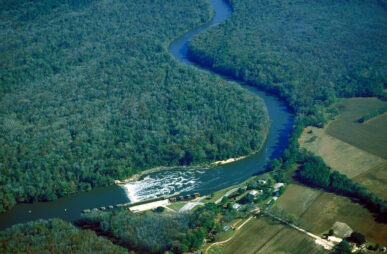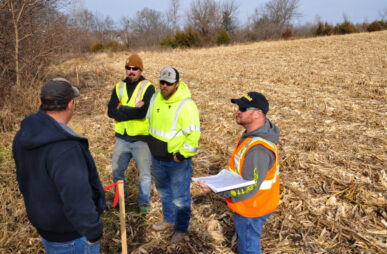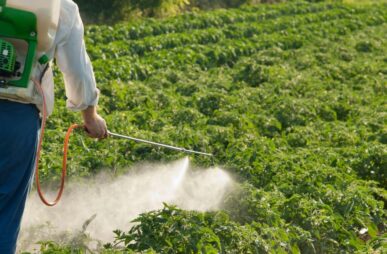New North Carolina PFAS exposure findings as Chemours plans expansion
Scientists detected high levels of two under-the-radar PFAS chemicals in blood serum samples from residents of Wilmington, North Carolina, collected before the local fluorochemical manufacturing plant began taking measures in 2017 to halt the flow of “forever chemicals” into the community’s drinking water.








